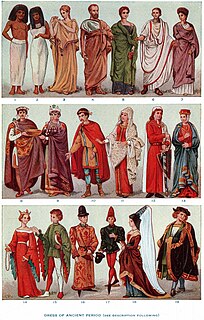 W
WClothing are items worn on the body. Clothing is typically made of fabrics or textiles but over time has included garments made from animal skin or other thin sheets of materials put together. The wearing of clothing is mostly restricted to human beings and is a feature of all human societies. The amount and type of clothing worn depends on gender, body type, social, and geographic considerations.
 W
WAnimal print is a clothing and fashion style in which the garment is made to resemble the pattern of the skin and fur of an animal such as a leopard, cheetah, snow leopard, jaguar, zebra, tiger, clouded leopard, margay, ocelot, spotted hyena, striped hyena, African wild dog, constrictor snake, giraffe or monkey. Animal print is also used for room decoration, handbags and footwear and even some jewelry. A major difference between animal prints and fur clothing is that animal prints today very often use fake fur instead of animal coat.
 W
WAnklets are a type of sock. They are not long, typically reaching just below or above the ankle. Anklets are sometimes folded or cuffed over.
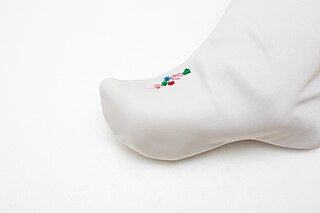 W
WThe beoseon is a type of paired socks worn with hanbok, Korean traditional clothing and is made for protection, warmth, and style. It is also called jokui, jokgeon or mal in hanja. According to a book titled Hunmong jahoe (훈몽자회,訓蒙字會) written by Choe Sejin (최세진,崔世珍) in 1527 during the reign of King Jungjong of the Joseon Dynasty, beoseon was called "bosyeonmal" (보션말), so it may be called by the name before the time.
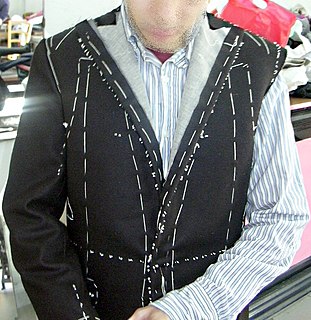 W
WBespoke tailoring is clothing made to an individual buyer's specifications by a tailor.
 W
WA church crown is a decorative hat worn by African American women during church services.
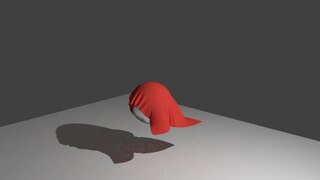 W
WCloth modeling is the term used for simulating cloth within a computer program, usually in the context of 3D computer graphics. The main approaches used for this may be classified into three basic types: geometric, physical, and particle/energy.
 W
WA draped garment is a garment that is made of an entire piece of cloth; pieces are not cut away as in a fitted garment. It can be held to the body by means of draping, knotting, fixing with pins, fibulae, clasps, sashes or belts, tying, or friction and gravity alone. Many draped garments are one-piece garments.
 W
WFarzi refers to an outer garment of the Mughal court. It was a coat with short sleeves and fur collars, opened in front. The length was shorter than Jama. Farzi was a winter's garment. Mughal emperors and courtiers were wearing it over the Jama, fastened with a decorated piece of cloth, i.e., Katzeb around the waist area with loosely hanging ends. Farzi was one of the costumes given in Khilat to the Mughal nobles and other courtiers. The coat was very much famous in the 17th century among the royals.
 W
WA fashion accessory is an item used to contribute, in a secondary manner, to the individuals outfit, often used to complete an outfit and chosen to specifically complement the wearer's look. It has the capacity to further express an individuals identity and personality as there are accessories that come in different, shapes, sizes, hues etc. The term came into use in the 20th century.
 W
WA fit and flare dress is a dress silhouette featuring a fitted upper body and a full skirt.
 W
WA form-fitting garment is an article of clothing that tightly follows the contours of the part of the body being covered. A feature of Western societies is the popularity of form-fitting clothing worn by women, compared to equivalent male garments. These include T-shirts, shorts, and jeans. Some cultures and religious communities disapprove of form-fitting clothing, especially outerwear, which they consider to be immodest.
 W
WThe fouta is a piece of thin patterned cotton or linen fabric of Tunisian origin used in many Mediterranean countries and Yemen. Among other uses, they were worn, by both men and women, wrapped around the body while at the public baths in 19th-century Syria. In Algeria, conservative women wore the fouta draped over their sarouel garment. Similarly, in some parts of southern Saudi Arabia, men would wear the fouta as a loincloth beneath their thawb robes, or just by itself while relaxing at home. Foutas are widely used today in the occidental world as Turkish bath towels or even beach towels.
 W
WA godet is an extra piece of fabric in the shape of a circular sector which is set into a garment, usually a dress or skirt. The addition of a godet causes the article of clothing in question to flare, thus adding width and volume. The most popular use of godets is in petticoats. Adding a godet to a piece of clothing also gives the wearer a wider range of motion.
 W
WThe COVID-19 pandemic affects the global fashion industry as governments close down manufacturing plants, and through store closures, and event cancellations to slow the spread of the virus. The coronavirus pandemic has had a major impact on fashion brands worldwide. At the same time, the fashion industry faces challenges in consumer demand. New opportunities are also presenting themselves as fashion brands shift to making fashionable coronavirus face masks.
 W
WA lettuce hem is a frilled hem invented by Stephen Burrows. The hem was popular in the disco era for its how it added movement to a garment.
 W
WLint is the common name for visible accumulations of textile fibers and other materials, usually found on and around clothing. Certain materials used in the manufacture of clothing, such as cotton, linen, and wool, contain numerous, very short fibers bundled together. During the course of normal wear, these fibers may either detach or be jostled out of the weave of which they are part. This is the reason that heavily used articles like shirts and towels become thin over time, and why these particles collect in the lint screen of a clothes dryer.
 W
WNurmahali dress is an inexpensive wedding dress with brocade, the introduction of which has been attributed to Nur Jahan (1577–1645). She designed many dresses; the Noormahali marriage dress was one of them. The dress was for poor people, a set for bride and brides groom was priced at only 25 rupees. The dress is still in use.
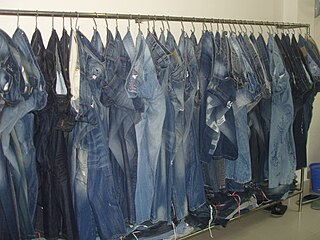 W
WReady-made garments are mass-produced finished textile products of the clothing industry. They are not custom tailored according to measurements, but rather generalized according to anthropometric studies. They are made from many different fabrics and yarns. Their characteristics depend on the fibers used in their manufacture. Ready-made garments are divided into the following types: outer clothing, which includes workwear and uniforms, leisure wear, and sportswear ; and undergarments, which include jersey goods and lingerie.
 W
WA robe of honour was a term designating rich garments given by medieval and early modern Islamic rulers to subjects as tokens of honour, often as part of a ceremony of appointment to a public post, or as a token of confirmation or acceptance of vassalage of a subordinate ruler. They were usually produced in government factories and decorated with the inscribed bands known as ṭirāz.
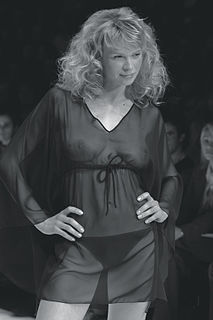 W
WSee-through clothing is any garment of clothing made with lace, mesh or sheer fabric that allows the wearer's body or undergarments to be seen through its fabric. See-through fabrics were fashionable in Europe in the eighteenth century. There was a "sheer fashion trend" starting with designer clothing from 2008. See-through or sheer fabric, particularly in skintone colours, is sometimes called illusion, as in 'illusion bodice' due to giving the impression of exposed flesh.
 W
WToe socks are socks that have been knitted so that each toe is individually encased the same way as fingers within a glove.
 W
WTransvestism is the practice of dressing in a manner traditionally associated with the opposite sex. In some cultures, transvestism is practiced for religious, traditional, or ceremonial reasons.
 W
WUniform fetishism is a particular type of clothing fetishism in which an individual is sexually aroused by uniforms. It is a form of sexual fetishism. Uniform fetishism has been associated with a variety of different uniforms, including schoolgirl and cheerleader uniforms, French maid uniforms, and uniforms associated with police or military organisations.
 W
WUnisex clothing is best described as clothing designed to be suitable for both sexes in order to make men and women look similar. The term unisex was first used in 1968 in Life, an American magazine that ran weekly from 1883 to 1972.
 W
WVeshti (dhoti) is a term for a white unstitched cloth wrap for the lower body in Tamil Nadu. Veshti is a part of the traditional attire consisting of Kurta and Angvastra. The garment is a single piece of cloth and similar to dhoti, one of the earliest draped garment of India. Veshti has beautiful borders. Prime Minister dressed in Karai veshti when he welcomed the Chinese President in Tamil Nadu.
 W
WA waistband is a strip of material that is either elastic or some other confining fabric that encircles the waist. The waist band can be used to limit expansion of the stomach to meet various objectives including to help prevent overeating, to encourage mindful eating, to encourage good posture, or to immediately slim the appearance of the waist.